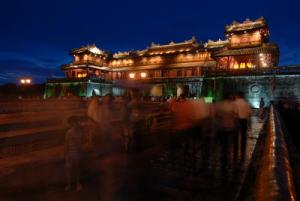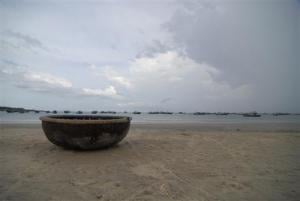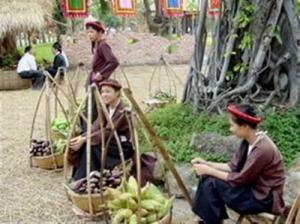Phong Na Tourist Guides Stumble on Ancient Jar

Situated in a limestone zone and home to the largest cave in the world, Phong Nha–Kẻ Bàng National Park is known to cradle many mysteries deep in its spectacular karst caves formed hundreds of millions of years ago, all waiting to be unveiled. And surely enough, one of its many secrets was recently uncovered, quite unexpectedly, by several tourist guides working in the tourism complex.
The discovery was an ancient jar, tucked deeply inside the Phong Nha grotto, 100m away from the Bi Ki cave in the grotto complex. The jar, brown in color, 64cm in height and with a diameter of 50cm, was said to be concealed behind the numerous stalactites in the grotto and is not readily visible in plain sight.
Bi Ki cave is not only known as one of the most beautiful caves in the region, but also as one to have preserved numerous vestiges of the Cham people for hundreds of years. Because of that, locals believe that the jar was among those used by the Cham people during ancient times, most probably to store remains of their dead.
While awaiting directions from provincial authorities, the tourism centre will carefully preserve the artifact. Besides the geological, topographical and geomorphological value of Phong Nha-Kẻ Bàng, it is equally rich in cultural history of a civilization that played a very important role in the country’s past.









